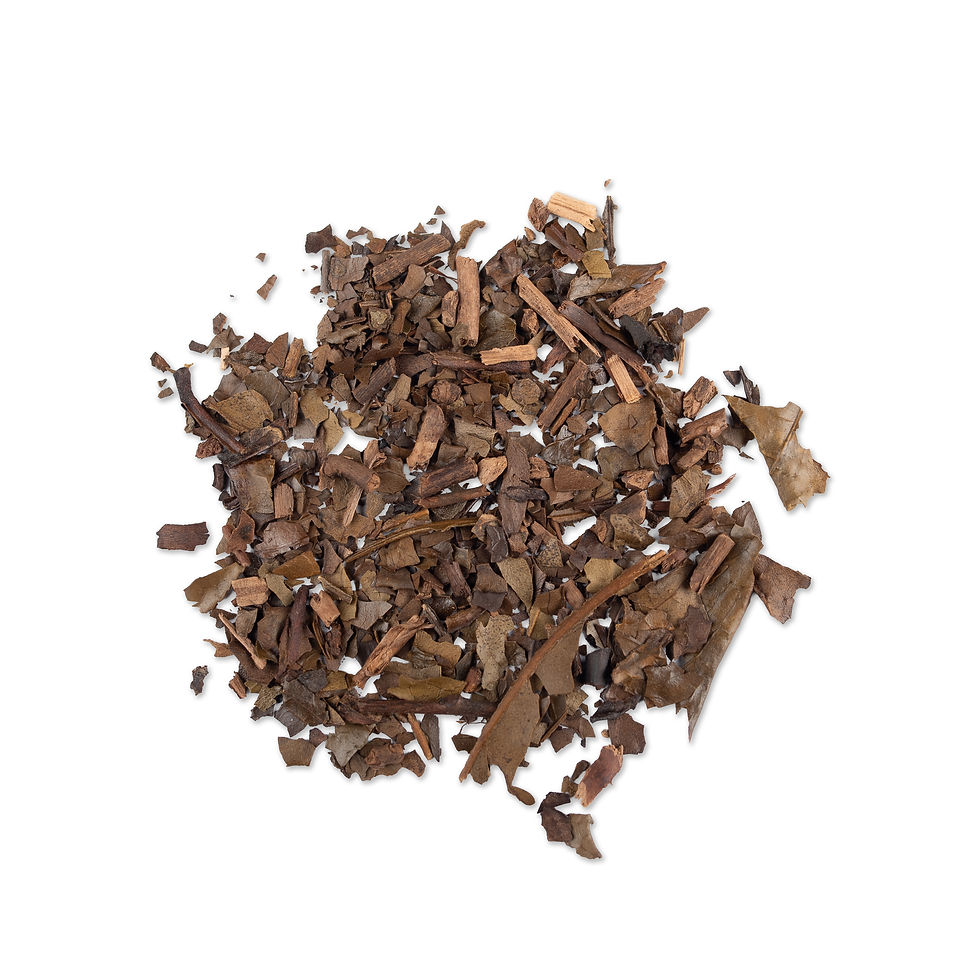SHIGA MANDOKORO OLD STYLE GYOKURO
Category: Green Tea
Origin: JAPAN, Shiga Prefecture, Higashiomi region, Mandokoro Village
Cultivar: Zairai
Quantity: 30g per pack
Harvest: Spring (May)
Other: Natural farming
Location:
Mandokoro is located in the eastern side of the Shiga prefecture, east of Kyoto and west of Mie. While it is not well known for tea production (the quantity produced accounts to merely 3% of the total output for the Prefecture, Asamiya and Tsuchiyama being the main teas in Shiga), it is probably one of the most traditional and ancient teas of Japan, possibly more than 600 years of history.
As for several places in Japan, the tea cultivation was associated with the arrival of Zen Buddhism in Japan. Mandokoro is also such a place: the Eigen-ji temple (永源寺), founded in 1361 during the Muromachi Period, located in Higashiomi is at the origin of tea cultivation in Mandokoro: according to the city records, monk Ekkei (5th successor of Eigen-ji) found that the area was suitable for tea cultivation due to the geology, temperature difference, and fog rising from the river.
A famous tea-picking song was known as "Uji is a teahouse, tea is a mandokoro".
However, I recent years most farmers have abandoned tea cultivation in Mandokoro due to difficulties in succession, and the production volume has fallen to less than one-thirtieth of what it was during its peak.
There are also records that Mandokoro tea was served to Oda Nobunaga.
Description:
As for the Sencha, the leaves are harvested only one time per year in May. There is very little Gyokuro produced in Mandokoro. Interesting to notice that the shading of the trees is made not by modern polymer sheets (black or silver) but using straw mats like in the old days. This is more work than modern methods and the straw is more fragile than polymer mesh materials but the farmers of Mandokoro are attached to using eco-friendly natural materials.
The leaves are picked by hand, often with the help of villagers and students. No pesticides are sprayed whatsoever. Straw and dried cut herbs are used to prevent the propagation of vegetation between the tea trees.
The level of shading from natural straw being less opaque than modern materials, the result is very interesting. While the amino acid profile can definitely be noticed by more softness and gentleness, the umami and the very sweet tastes common to Gyokuro are not identical in this old style tea. As such, it comes with its unique character: fresh, soft, deep, nutty, with a gentle astringency: we are glad to share this gem with all tea lovers.
The original taste of old Gyokuro is preserved in Mandokoro. We are proud to support the farmers who still work every day for the survival of those traditional products.
Preparation:
4g (0.14oz) of leaves
80ml of water at 50-60°C (122-140°F)
First brew: 90-120 seconds
Subsequent brews: 15 seconds
Cold brew: 10g of leaves for 1L of cold water. Brew for 12-15 hours in the fridge at 5°C. Filter the liquor in another bottle and keep it in the fridge. You may re-brew the spent leaves a second time as you like.

































